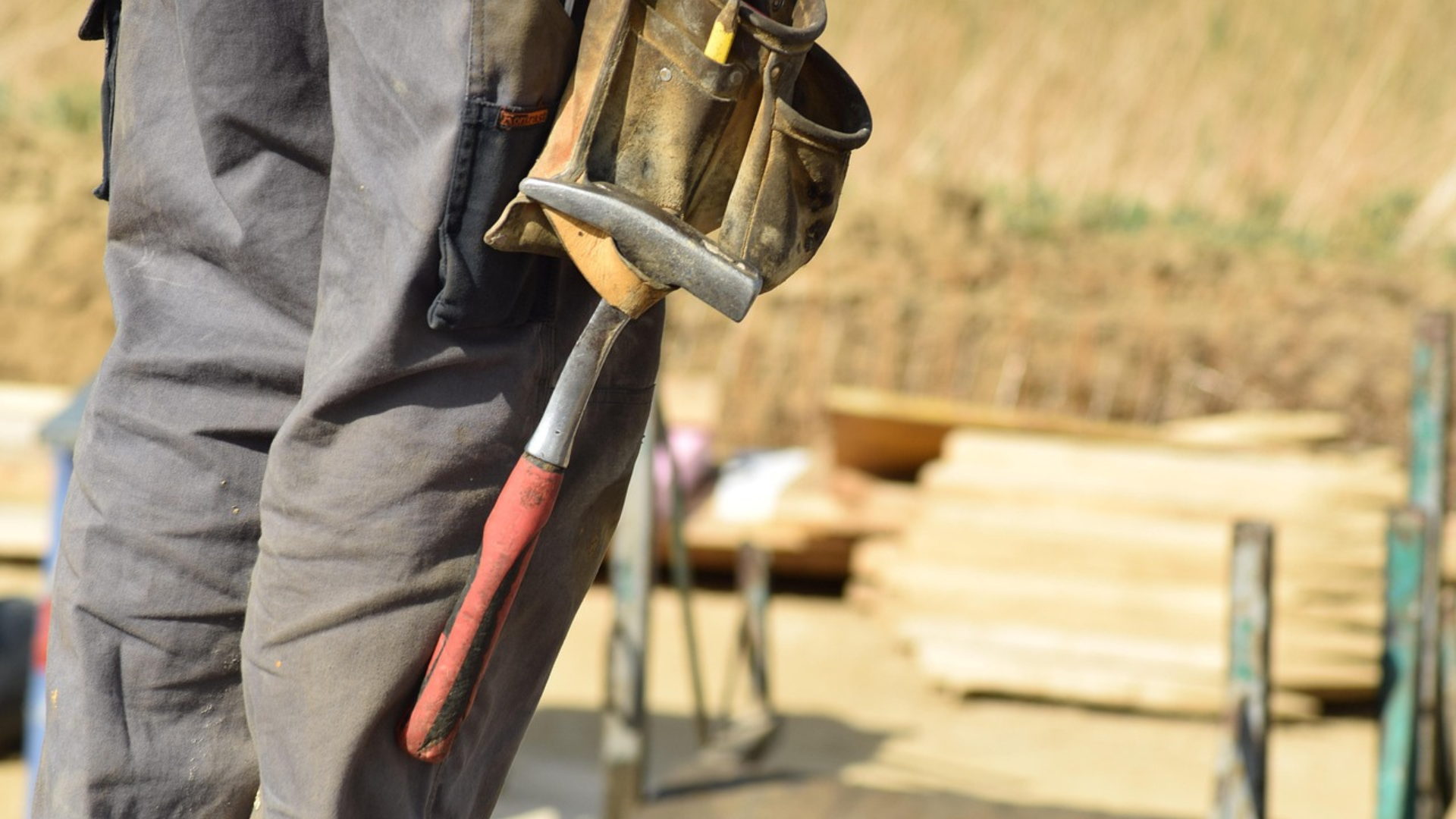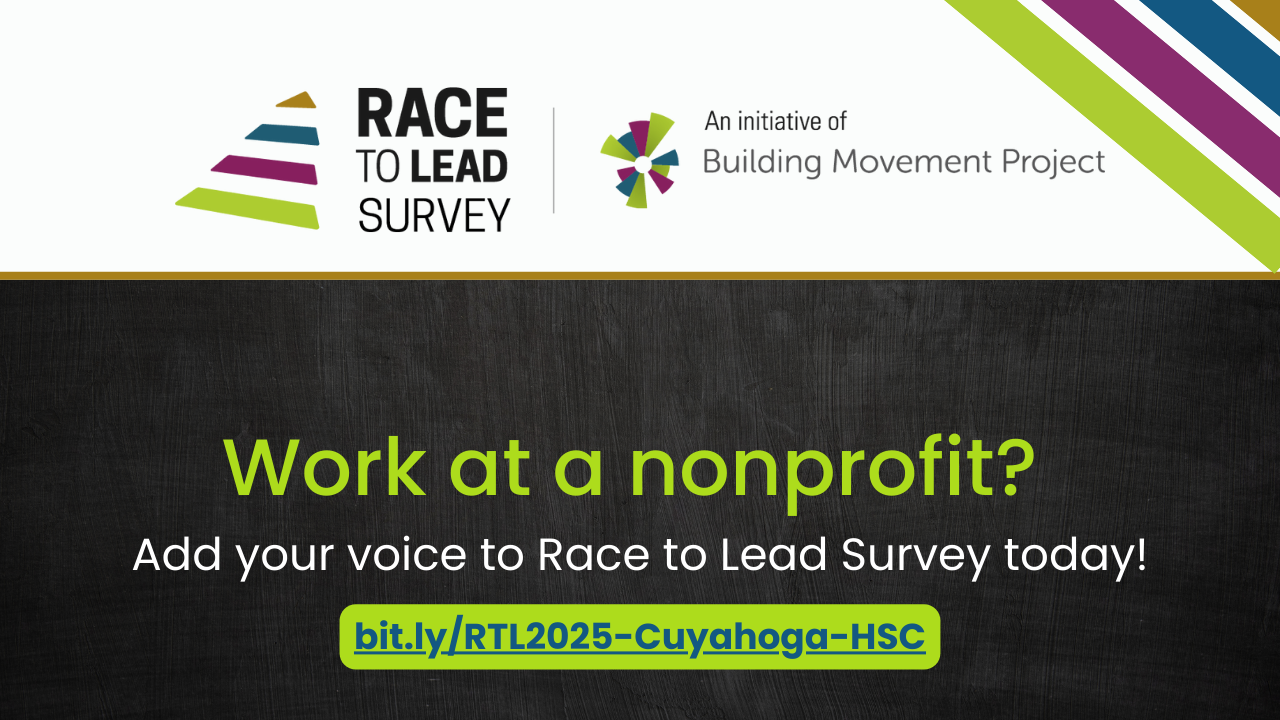Governor Mike DeWine announced that all senior centers must close by the end of the day on Monday, March 23, 2020. Even before the official government decree, congregate meal sites for older adults across the state were transitioning from group meals within their facilities to meal delivery and meal pick-up.
Governor Mike DeWine announced that all senior centers must close by the end of the day on Monday, March 23, 2020.
But many of those who attend meal programs do so as much for the socialization as for the nutrition. In their 2019 Statistical Performance report, the Cuyahoga County Department of Senior and Adult Services reported that 87 percent of senior centers clients agreed or strongly agreed with the statement, “I feel less lonely because of activities at my senior center.” Area Office on Aging of Northwestern Ohio commissioned a study of the impact of senior centers in Lucas County and surrounding counties. According to the final report, “The centers are also having an important impact on the lives of local older adults above and beyond the services they provide.”
Senior centers play a vital role maintaining the connections that reduce social isolation.
Clearly senior centers play a vital role maintaining the connections that reduce social isolation. What should older adults do when they are forced to disconnect from these centers? One place to turn for answers are the services that have been offered to help homebound individuals stay connected.
A literature review conducted in 2019 examined the effectiveness of eight types of technology used to reduce social isolation and loneliness among older adults. Although the review calls for more research in this new area of study, they were able to conclude that tele-care, robotics (robot pets), general internet connection, interactive video games and 3D virtual environments were all effective in reducing social isolation and loneliness.
Another model for reaching homebound older adults is to provide services to reduce social isolation through virtual senior centers. An example of this can be found in the Selfhelp Virtual Senior Center (VSC) which is based in New York City and provides services in multiple locations. In this model, the agency provides ways for homebound older adults or those with limited mobility to connect, learn and play. To connect, older adults are guided through the process of Skyping with each other to make friends and build relationships. The platform encourages participants to learn through live, interactive, video-based classes. Between 25 and 35 classes are available each week and cover recreational, educational and cultural topics. Virtual Senior Center members can play through social gaming. Using this feature they can play card games, like rummy, around a virtual table where they can see, hear and talk with friends as they play.
Participants of the Virtual Senior Center reported an 85 percent reduction in feelings of isolation.
An evaluation conducted by Leading Age found that participants of the Virtual Senior Center reported an 85 percent reduction in feelings of isolation, 60 percent reduction in feeling disconnected from family and friends and 60 percent reduction in feeling a lack of companionship. The average age of participant in the pilot of the Selfhelp VSC was 83 years old. Individuals spent an average of more than one hour each day accessing the Virtual Senior Center. Evaluators identified a need for a significant onboarding period to help participants adjust their daily routine to include using the VSC platform. Evaluators also pointed out that universal design should be used to make technology intuitive and easy to use for those new to the technology.
Another option for virtual senior centers is to use a call-in model in which the only technology needed is a phone line. One example of this is Well Connected which is based in San Francisco with participants from all over the country. Members of Well Connected call in to the virtual senior center via a toll-free number at set times each week. More than 70 groups offer activities facilitated by Well Connected staff with wide ranging topics including arts, history, health, recreation and current events.
More than 70 groups offer activities facilitated by Well Connected staff with wide ranging topics including arts, history, health, recreation and current events.
A small study looked at the use of video conferencing technology by older adults who had recently become homebound after regular attending their local senior centers. The study found that those who used these services felt more connected to their peers and were able to use, or not use, the services based on how they felt on a particular day. As those of us who are working from home build our video-conferencing skills, we can use our new knowledge to connect more frequently or in different ways with people of all ages.
A third option for connecting homebound older adults can be found in a peer support model such as the one used by Community Counseling Solutions’ Oregon Senior Peer Outreach program. This program has a team of older adults available to connect with self-referred, socially isolated or lonely older adults in their communities. The program uses an Intentional Peer Support framework to foster strong relationships between the older adult caller and the peer connected to the agency.
With the rapidly changing nature of the novel Coronavirus and the implementation of changes to “flatten the curve,” senior centers do not have the time or resources to set up the type of virtual senior centers described above.
As the West Side Community House, an agency located on the west side of Cleveland, is moving from a congregate meal to a home delivered or meal pick model, they are thinking creatively on how to maintain connection with the older adults. One of the biggest challenges is the lack of computers and internet access in households and low computer/smartphone literacy for those who do have access. With no time to do technology training, relying on phone calls and written materials will be the best way to reach many older adults. Renee Aten, the Healthy Bodies, Healthy Minds Program Coordinator has some ideas on how to keep people from becoming isolated.
The innovative techniques to stay connected without physical proximity which are being developed on the fly in the face of the global pandemic can be used to help combat social isolation long after the current emergency is over.
Some possible ideas coming from the Cleveland organization include a phone tree scavenger hunt, or sending written notes with each meal and developing way for meal recipients to correspond back. The innovative techniques to stay connected without physical proximity which are being developed on the fly in the face of the global pandemic can be used to help combat social isolation long after the current emergency is over.



.png)
.png)



